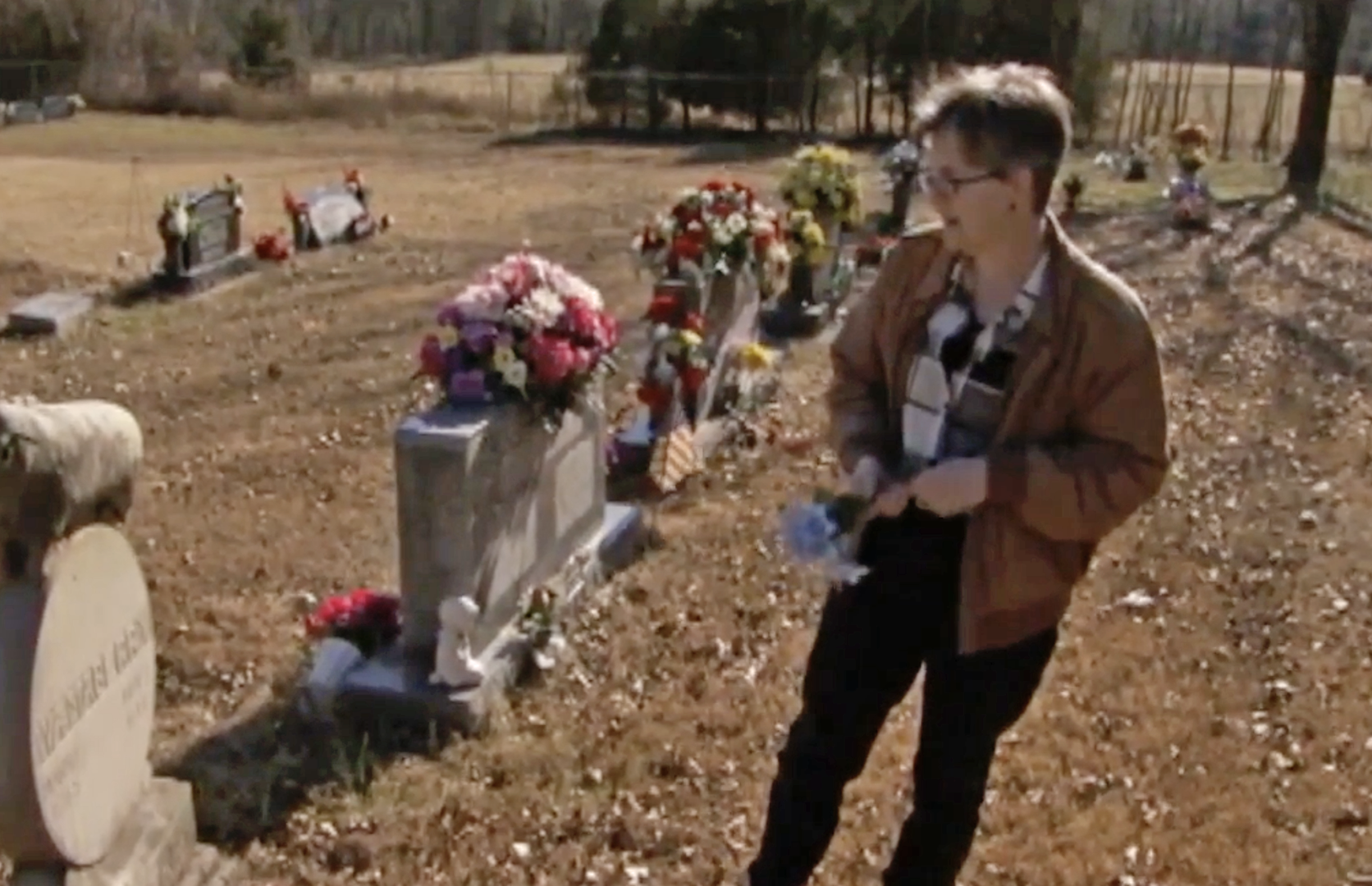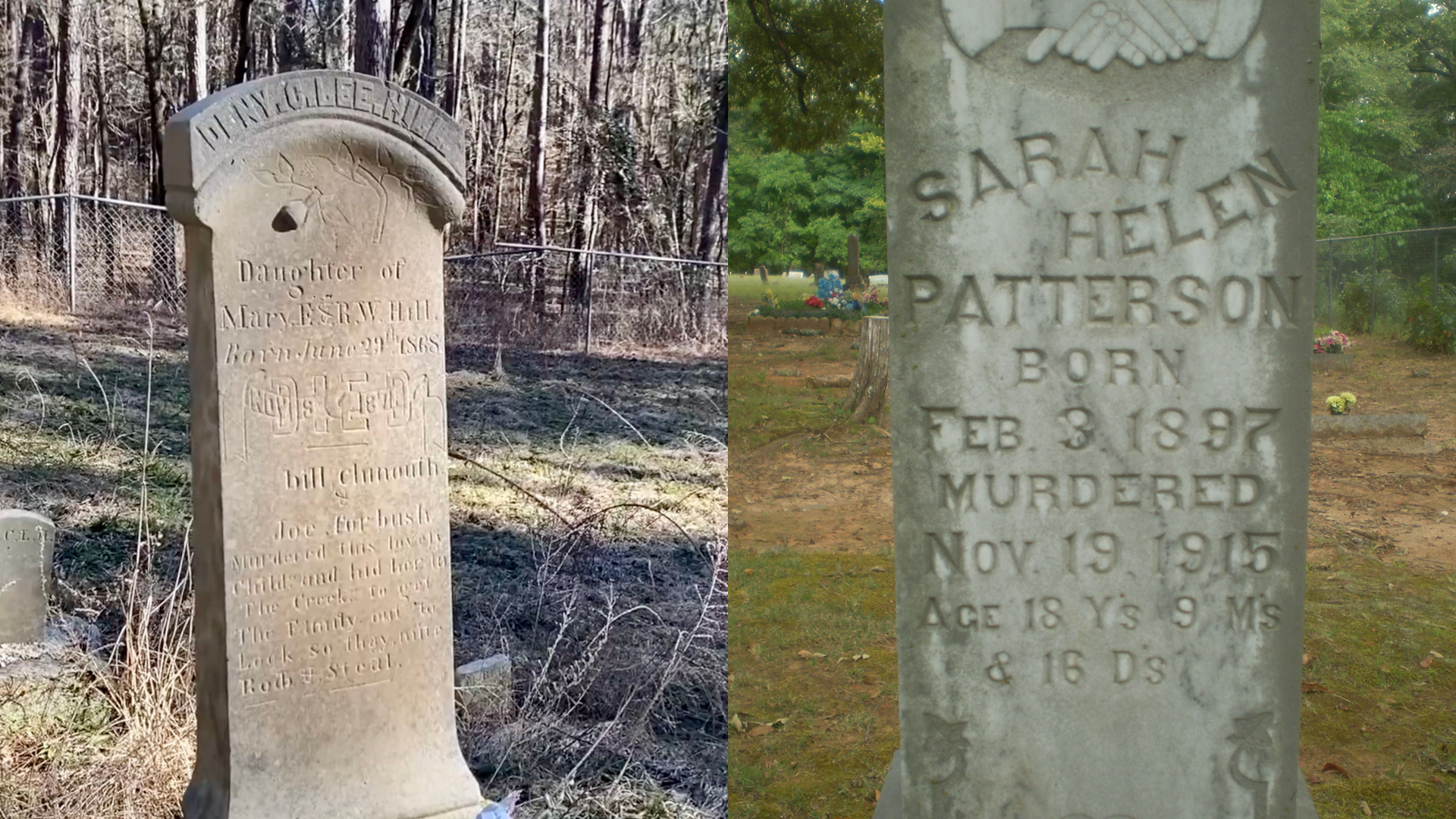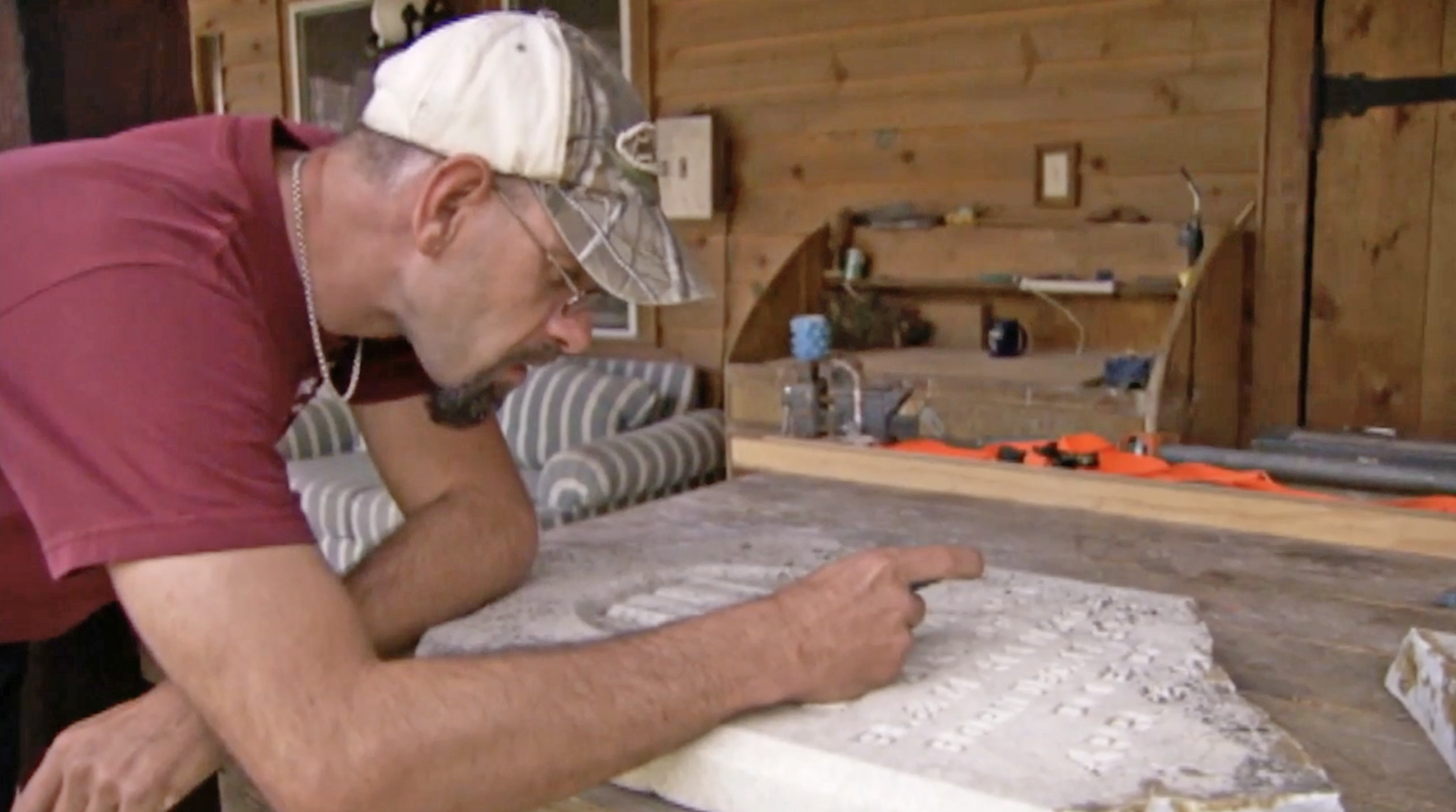Cemeteries are often thought of as dark, sad places where loved ones who have passed away are buried. The Arkansas PBS original production “Silent Storytellers” shares stories of the lives etched on the stones, why cemeteries are important to the local community and how to take care of them. “Silent Storytellers,” produced by Arkansas PBS Producer Casey Sanders, will air Thursday, Jan. 16, at 7 p.m. as part of our “From the Archives” series.
Originally broadcast in 2011, “Silent Storytellers” explores the history, culture and importance of preserving Arkansas cemeteries.
“Growing up, biography was considered very important, very interesting,” author and researcher Abby Burnett said. “A graveyard is a collection of biographies. They’re small ones and may require a lot more research, but probably the No. 1 thing that interests me is that you’re walking into an area filled with stories.”
“A graveyard is a collection of biographies. They’re small ones and may require a lot more research, but probably the No. 1 thing that interests me is that you’re walking into an area filled with stories.”
Finding the Story
After attending a meeting with people in the field of history and Arkansas heritage, Sanders said a conversation about cemetery preservation presented itself, which piqued Sanders’s interest to make this film. As the direction of the documentary was formulating, Sanders and her team knew they needed someone who could guide them through the story.
“I contacted one of our partner organizations, and they mentioned, ‘Oh, you need to speak with Abby Burnett,’” Sanders said. “At the time, she was conducting research for a book about burial practices in the Ozarks. Talking with her was fascinating, and we quickly realized that she would be an excellent guide. Not only would she help us understand the topic, but she could also lead our audience through various aspects of the story.”
Burnett played an integral role in the production of this film, helping Sanders and her cinematographer, editor and music composer Hop Litzwire. Burnett took Sanders and Litzwire around the Ozarks showing them interesting headstones and describing their meanings. During their journey, the myth surrounding cemeteries was busted.

Busting the Myth
Cemeteries hold memories of loved ones we both knew and lost, but “Silent Storytellers” presents a feeling of hope, and it may change the way you view cemeteries. It certainly changed Sanders’s perspective.
"When Hop and I started going out on these shoots, I wasn't sure about how to behave while walking through a cemetery,” Sanders said. “I stuck to the spaces between the graves, which is good cemetery etiquette. However, I quickly found myself moving past that hesitation. I noticed that our initial hesitation had completely transformed."
While on a shoot, the innocence of children also played a role in how Sanders’ viewpoint of cemeteries changed.
“Finally, you see it in the last part of the documentary with the elementary school students,” Sanders said. “I thought we would see some hesitation and some fear from the kids. You didn't see any hesitation; they ran and jostled each other to get the stone that they wanted. They did cute things like trying to find somebody with their birthdate or same last name or something that made it fun.
“The demystification of the cemetery happened repeatedly while we filmed. Hopefully, viewers gain that sense as well. We can hope.”

Everyone has a Story
In one part of the film, Burnett takes Sanders and Litzwire to Hill Cemetery in Franklin County, where Deny Hill, who lived from 1868-1871, lies. Deny Hill’s headstone reads “Bill Chinouth & Joe Forbush murdered this lovely child and hid her in the creek to get the family out to look so thay mite rob & steal.”
In the case of Sarah Helen Patterson, who lies in Oark Cemetery, her headstone simply reads, “Murdered.”
“You learn through Abby, that in some rural cemeteries, the families would sometimes use humble means to create tombstones for their loved ones,” Sanders said. “Many times, they included on the stone what happened to the person, and in case of murder, who it was and who did it. That grabs a lot of people when they find a stone like that.”
In addition to words, iconography such as lambs, clasping hands and pointing fingers, was also used to send a message.
“You have the stories, and you have the iconography,” Sanders said. “The iconography can carry specific meanings, but the interpretation often depends on whether the family views the symbolism in a traditional way. For instance, symbols like clasping hands and an open Bible may have specific connotations. However, this interpretation might not accurately reflect how these symbols were used in the Ozarks and other areas of Arkansas. For Sarah Helen Patterson’s stone, etched with the word ‘Murder,’ they used the clasping hands that sometimes symbolizes a husband saying goodbye to a wife. In that instance, it makes you question the meaning on that stone.”
Among the many stories told in the film, one of Sanders’ favorite scenes was the story of Alva Greer’s arm. Watch the documentary to find out what happened.

Protecting the Stones
Another of Sanders’s favorite parts is about preserving the stones with Mica Balcom, a stone preservation specialist with Noron Fine Arts.
"The stones can be chipped by lawnmowers or vandalized, among other things," Sanders said. “In one scene, Mica casually throws a large slab of stone over his shoulder and walks to his truck with it. Back at his workshop, he carefully cleans and repairs the stones.
“He also shows you in the documentary how to properly clean a stone, and I think that's one of the more important aspects because we heard horror stories of people who took power washers to the stones and lost all the information off the front because they didn't know the proper technique, or they used bleach, which will eventually degrade the stone. We wanted to show people how to care for a stone properly.”
Elizabeth Norton, owner of Norton Fine Arts, shares that she believes replacing a headstone is not necessary.
“Some people think if one piece is missing then we have to replace it with something new,” she said. “I’m adamant about not replacing historic markers. If there is a piece missing, then another piece can be filled in whether another piece of stone is cut to fit in there and matched in, that’s fine.
“I always think replacing a stone is a mistake because they are one of a kind. They are all tributes to the person who was buried there. People shouldn’t give up because there is a little damage or a lot of damage. Some things can be done. These are pieces of history that cannot be replaced.”
“People shouldn’t give up because there is a little damage or a lot of damage. Some things can be done. These are pieces of history that cannot be replaced.”
The Stories Continue
Nearly 14 years later, Sanders said she still receives great feedback from the documentary. In one case, the film helped a family find a lost loved one.
"We received a message from a woman in Texas, who had been struggling to find information about a long-lost family member," Sanders said. "They were doing their research and not coming up with much. And then she said, 'I happened upon your documentary online one night around 10 p.m., and while watching, you had no idea, but you zoomed in on our ancestor's gravestone and gave us the clue we had been trying to find. You would not believe the excitement in my house that night.
"We made her DVDs to share at their family reunion. We helped them with one more link in their research. It was one of those remarkable experiences that happens when you release a film into the world—truly incredible."
Many more nuggets can be found throughout this documentary, such as the preservation of African American cemeteries, surveying land to recover lost cemeteries and so much more.
How to Watch
“Silent Storytellers” airs Thursday, Jan. 16, at 7 p.m. as part of the “From the Archives” series.
How to Watch on Demand
“Silent Storytellers” is available on demand at myarpbs.org/silentstorytellers.

